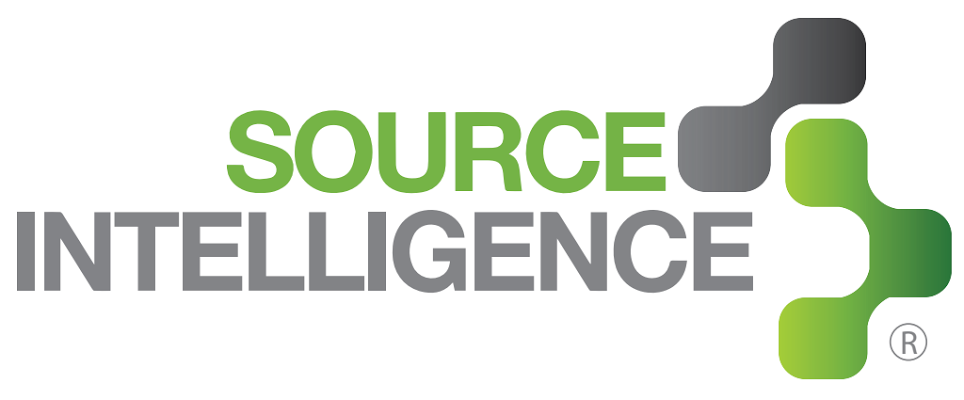Environmental Protection Agency Aligns EPCRA Chemical Compliance Rules with UN Globally Harmonized System on Hazardous Materials
EPA Emergency Planning and Community Right-to-Know Act, OSHA Hazard Communication Standard chemical regulations now both aligned with UN Globally Harmonized System of Classification & Labelling of Chemicals (GHS)
Last month, the Environmental Protection Agency (EPA) made an amendment to their Emergency Planning and Community Right-to-Know Act (EPCRA) final ruling. The EPCRA was established in 1986 with the purpose of helping communities plan for and prevent chemical emergencies. The amendment to chemical regulations and compliance guidelines became effective on June 13, 2016. Companies are required to comply by January 1, 2018.
OSHA’s Hazard Communication Standard was revised to adopt certain terminology and formats utilized in the UN GHS, such as “safety data sheets,” as well as to update certain physical and health hazard classifications. According to the OSHA HCS homepage, alignment with the UN Globally Harmonized System will help to reduce trade barriers and enhance productivity for American businesses that deal with hazardous chemicals. The new system will help create cost savings for businesses that are required to update chemical safety data sheets and labeling, in accordance with the Hazard Communication Standard.
Previously, the EPA utilized five hazard categories: fire, sudden release of pressure, reactive, immediate health hazard, and delayed health hazard. These categories are now aligned with the OSHA update, including four additional hazards not addressed by the Globally Harmonized System. These additional hazards are: simple asphyxiant, combustible dust, pyrophoric gas, and other hazards not otherwise classified.
This technical amendment was passed in reaction to the Occupational Safety & Health Administration’s (OSHA) overhaul of their Hazard Communication Standard (HCS). The HCS was overhauled in order to ensure conformance with the United Nation’s Globally Harmonized System of Classification & Labelling of Chemicals (GHS).
The UN GHS is a system intended to help standardize chemical compliance classifications and labeling across the globe. It provides a set of guidelines covering all hazardous materials, on hazard class and category, as well as pictograms for product labeling. 72 countries have implemented GHS standards so far, but they are not legally binding in any country. As a result, countries that choose to adopt GHS must promulgate their own regulations that accurately implement the guidelines set forth by the UN. Sectors addressed in the guidelines are transport, workplace, consumer, and pesticides. Countries have chosen to adopt anywhere from just one to all four sectors.
The EPA will also be updating their compliance reporting software to include the newly adopted physical and health hazards, and will allow states to update their own software by January 1, 2018. Environmental Health & Safety compliance software has been linked to many business advantages.
About Source Intelligence ©
Source Intelligence ® (SI) is a global network of businesses linked together to expedite the exchange and validation of compliance information. SI’s cloud-based SaaS platform helps customers make informed decisions about business partners to offer products that meet legal, ethical, and environmental standards. The company’s information and analytics platform provides customers with visibility into supply chains in order to comply with the law, minimize operational and brand risk, and improve efficiency. Founded in 2009 by career experts in environmental solutions and analytics, Source Intelligence ® has headquarters in Carlsbad, California, and operations worldwide. SI has received multiple awards, including the “2016 Product of The Year Award,” from Environmental Leader. CEO Jess Kraus was recently named “CEO of the Year” by CIO Review. www.sourceintelligence.com

